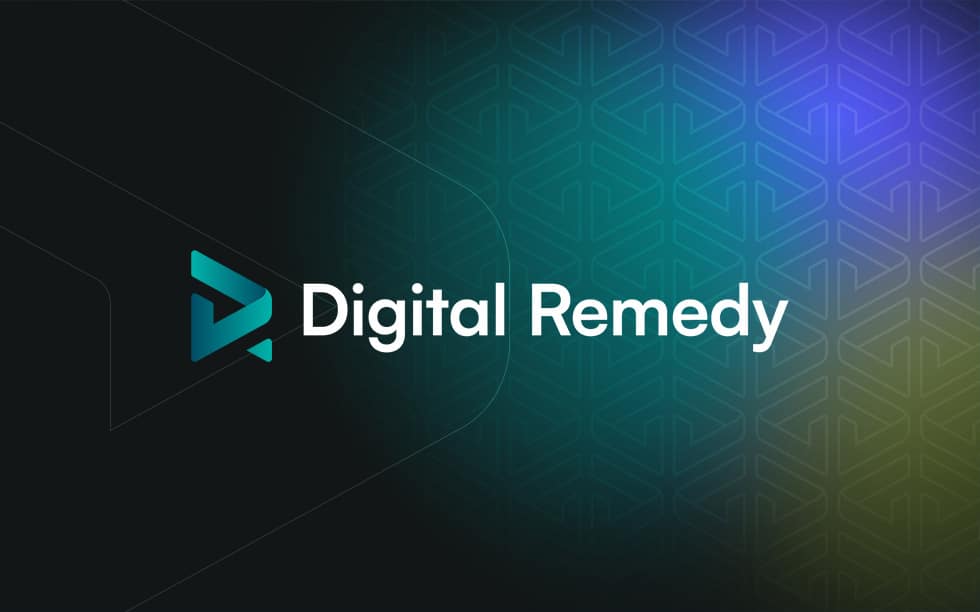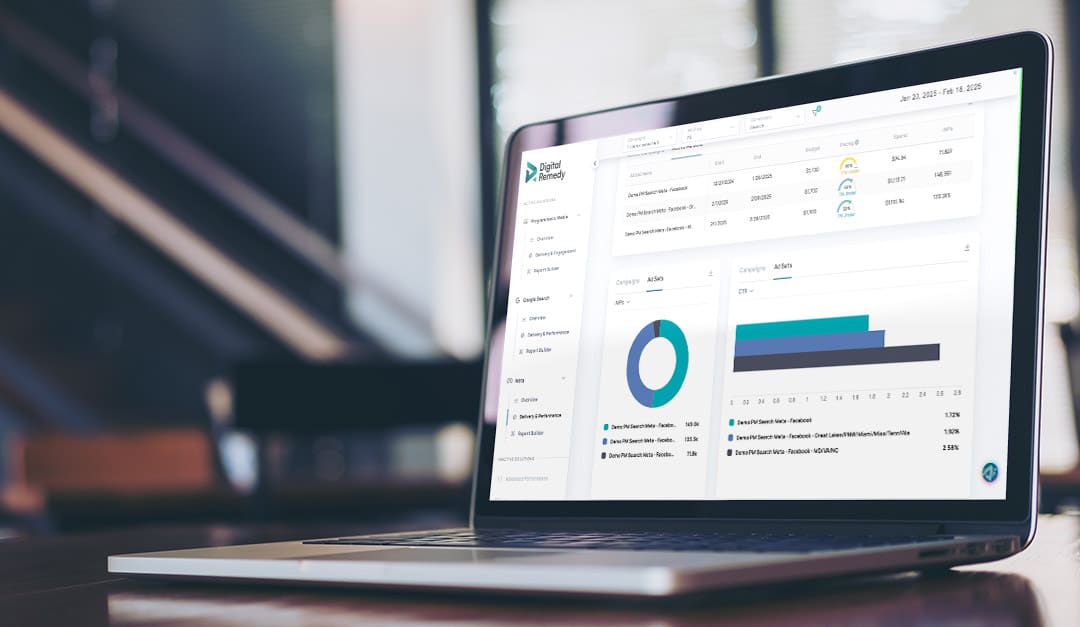Jul 1, 2021
Digital Remedy CEO & Founder, Mike Seiman, recently spoke with 60 Second Marketer on the attribution trends to watch out for in the OTT and CTV ad space. As we all know, OTT streaming video consumption has skyrocketed since the pandemic hit. With COVID-related lockdowns keeping folks at home, streaming content accounted for 25% of total TV viewing…

Digital Remedy CEO & Founder, Mike Seiman, recently spoke with 60 Second Marketer on the attribution trends to watch out for in the OTT and CTV ad space. As we all know, OTT streaming video consumption has skyrocketed since the pandemic hit. With COVID-related lockdowns keeping folks at home, streaming content accounted for 25% of total TV viewing time, up from just 19% in “the before times” of Q4 2019. Not only did the total amount of streaming time increase, but cumulative time spent watching streaming video in Q2 2020 surged to 142.5 billion minutes a week—a 75% jump from the same time the previous year.
With such a major shift in audience behavior, it’s no wonder that 60% of advertisers are planning to shift their ad spend from traditional linear TV to OTT or CTV. And it’s not only the growing share of audience that makes OTT so attractive to brands. Over 80% of marketers say that better ad targeting and greater attribution are key reasons for the shift, with OTT allowing them to more easily reach more precise audiences and measure return on ad spend.
Here are some of the key takeaways marketers should look for in their OTT attribution reporting in order to gain better insights and greater ROI:
As the possibilities behind OTT targeting and measurement continue to take off, brands need the right tools and experts on their side to tap into the insights and strategies that can help them make the most of the outlet. Working with a partner that can help navigate the space delivers a much better OTT/CTV experience and increased ROI.
For more insights, you can check out the full piece here, and follow Digital Remedy on LinkedIn and Twitter for additional updates.
Related Posts

Staying ahead as a full-service digital marketing agency is no small feat. Between evolving consumer behaviors, rising client expectations,.

In today’s fast-paced digital advertising world, full-service agencies are embracing forward momentum and finding new opportunities to scale their.

In Part 1 of our Intro to Incrementality series, we covered the fundamentals-measuring incremental lift by comparing test (exposed).